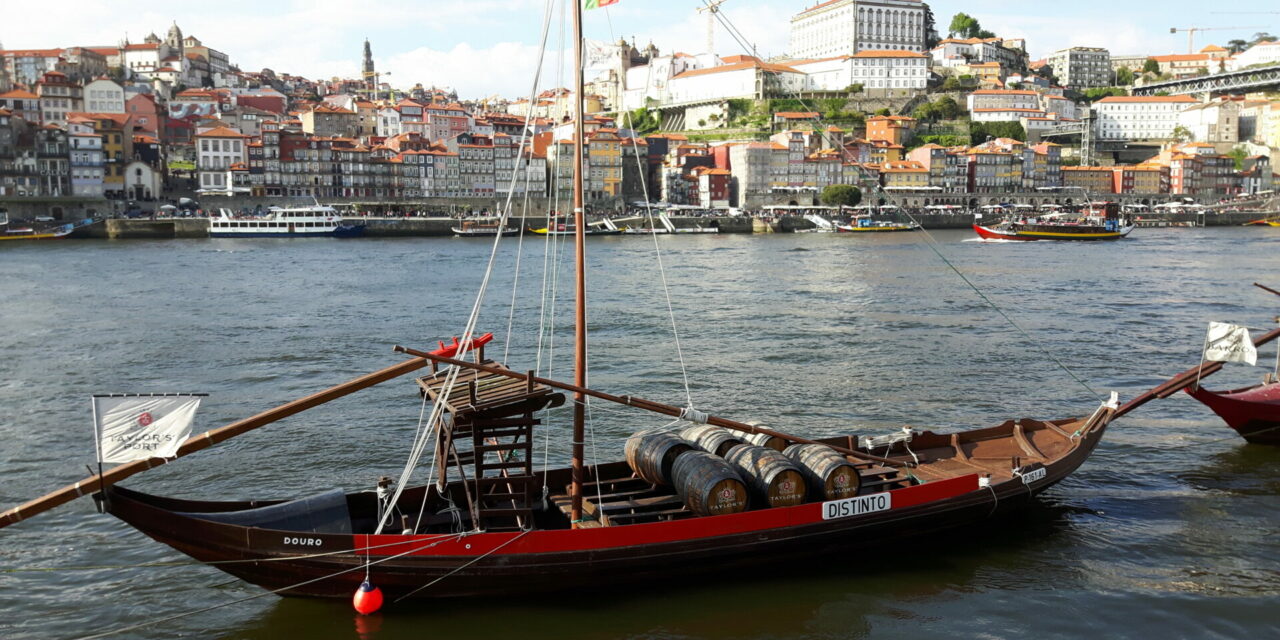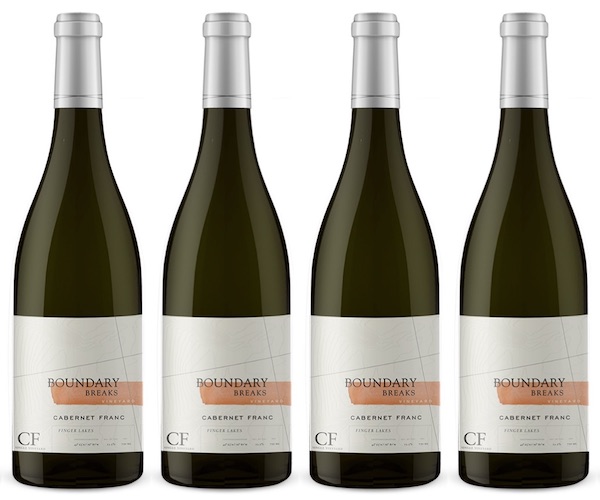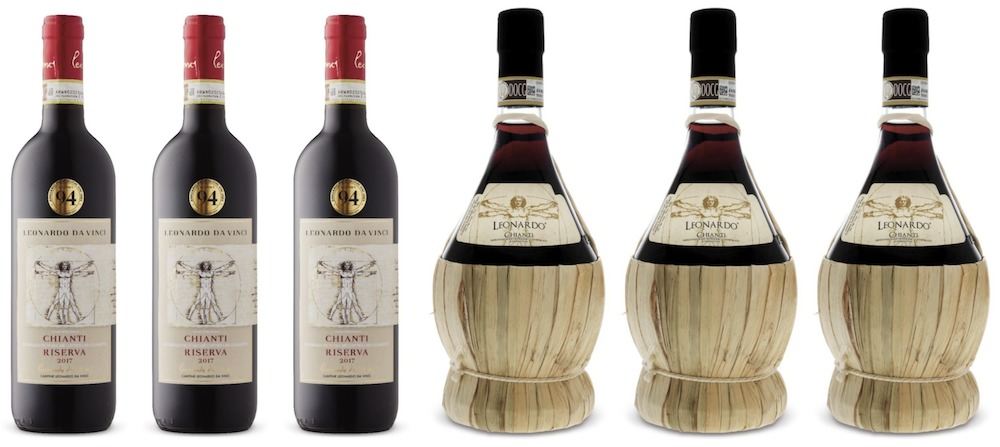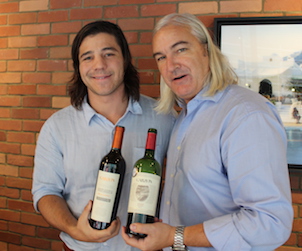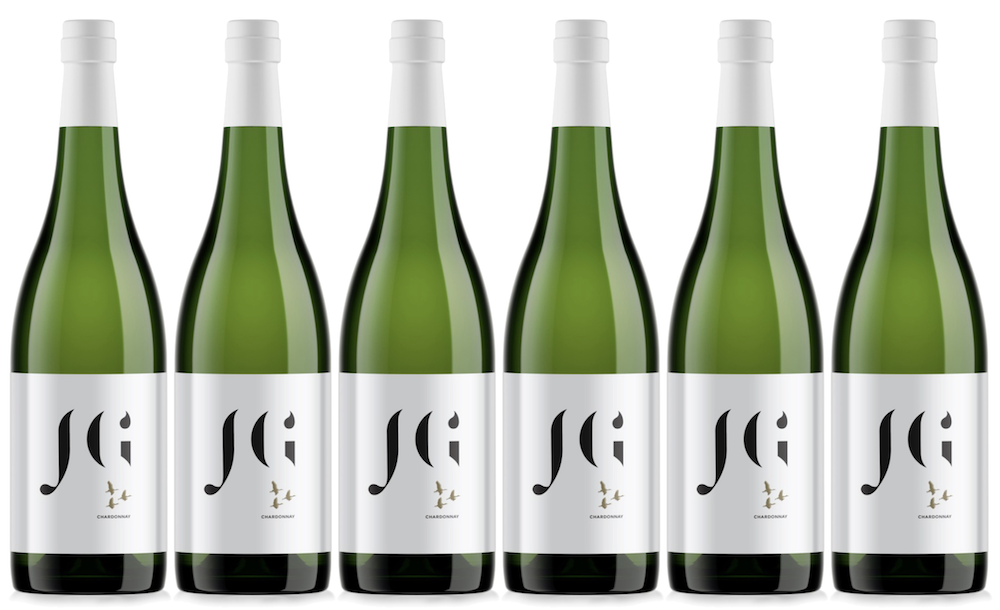Penicillin, microwave ovens, pacemakers, superglue, and the slinky, sparkling wine. What does this odd list of items have in common? They were all discovered by accident.
Nowadays, winemaking is a reasonably precise science. Great pillars of learning, like Geisenheim University, the University of California, Davis and our very own Cool Climate Oenology and Viticulture Institute at Brock University in Niagara, turn out learned oenologists every year.
But the notion of formal winemaking studies, the codification of vinification practices, and all the research dedicated to advancing knowledge in this sphere are relatively recent. Until the mid-20th century, winemaking was largely a matter of inherited wisdom and a fair dose of trial and error.
Many of the greatest wine innovations were, in fact, total flukes, or coincidences, if you prefer.
When you think about it, man’s first encounter with wine was accidental. Historians suggest that our ape ancestors discovered alcohol roughly ten million years ago by eating damaged fruits that had fallen from the tree and fermented. Can you imagine the buzz they must have gotten? They obviously liked it, and for that, we have the wines we know and love today.
And so, to amuse you during this dismal month of abstinence, here are three tales of fundamental winemaking innovations with accidental origins.
Inauspicious Bubbly Beginnings
Sparkling wine has existed since ancient Greece and Rome. Why some wines suddenly became fizzy was a complete mystery at the time. The bubbles were often attributed to moon phases or even to good or evil spirits.
In actual fact, winemakers were putting what they thought to be finished, dry wines, into sealed amphoras for sale, and, for various reasons (often because they weren’t actually finished), certain would start fermenting again, producing carbon dioxide, which dissolved into the liquid making bubbles.
The earliest deliberately sparkling wines in France are thought to have been made by the Benedictine monks in the Abbey of Saint-Hilaire. They began documenting the production technique for their Blanquette de Limoux, the ancestral method, back in 1531.
As the traditional method started overtaking the more gently sparkling, ancestral (or rural) method in Champagne, exploding bottles became an increasing problem. The French referred to their earliest efforts as, “le vin du diable” (the devil’s wine) for this reason. It wasn’t until the mid-1800s that the muselet wire cage was invented to secure Champagne corks.
A Fortifying Solution for Long Sea Journeys
Fortified wine, such as Port, was another happy accident of sorts. In the 16th and 17th centuries, it was common practice to add brandy to shipments of many different European wines just before they were sent off on long sea voyages to overseas customers.
During the journey, the wines were often exposed to extreme temperatures and overly high oxygen levels, which caused spoilage. Receiving merchants were none to happy to tap wine kegs only to taste fine vintage vinegar.
Ethanol is a natural antiseptic. It was thus determined that dosing wines with a small measure of brandy acted as an effective preservative, keeping wines fresher for longer. Upon tasting these richer, sweeter, and higher-alcohol wines, customers found that they rather liked them, and over time, a new style was born.
From Transport Vessel to the Alchemy of Ageing
The positive effects of ageing wine in oak barrels were also a surprise discovery. Oak, as we know today, can impart pleasant aromas and flavours like cedar, vanilla, and spice to wine. Its permeability allows oxygen to seep into wine stored in barrels. Over time, this can soften a wine’s tannins, making them smoother on the palate.
But these benefits had nothing to do with the original purpose of oak barrels. They were not so much a storage vessel as a means of transport. Roman soldiers needed their daily wine ration as they spread across Europe expanding the empire.
Oak was plentiful in European forests and far lighter for troops to carry than clay amphoras. Its tight grain makes it waterproof. Finally, oak is a pliable enough wood to easily bend into barrel shape when heated. Though, much like the flavouring and softening potential of oak on wines, the impact of toast levels on a wine’s character would only be understood far later.
And now, some wine recommendations for followers of my preferred January ethos: drink less but better!
2020 Tantalus “Further Afield” Blanc de Blancs
Sourced from Chardonnay perched on the slopes of East Kelowna, this bubbly spent three years on lees before disgorging. The result is very attractive, with patisserie, lemon zest, baked apple, and exotic spice notes. Piercing, crystalline acidity, fine bubbles, and extra brut dosage define the elegant palate.
![]()
*** Look out for the Tantalus Old Vine Riesling 2021 as well. This is a pure, nervy, crystalline wine with huge aromatic appeal.
Where to Buy: Sadly not currently available in Eastern Canada, inquire with agents: Rézin (Québec), Nicolas Pearce Wines (Ontario).
2020 Fontodi Filetta di Lamole Chianti Classico
The fragrance alone had me entranced. Successive waves of red cherry, orange peel, dried flowers, and wild herbs feature on the nose. This is a beautifully balanced wine, with lots of freshness to balance the weighty core. Finishes with fine, chalky tannins that frame the wine nicely.
![]()
Where to Buy: $38.25 at the SAQ , $49.00 at the LCBO
2021 Domaine Michel Juillot Mercurey
The cooler 2021 vintage yielded light, fresh, perfumed wines in Bourgogne after a string of warmer, riper years. Domaine Michel Juillot’s Mercurey is lovely, with bright red fruit flavours, lots of florality, and a pleasant underlying earthiness. The palate is layered and velvety in texture, with fine-grained tannins and a long, lifted finish.
![]()
Where to Buy: $42.50 at the SAQ

